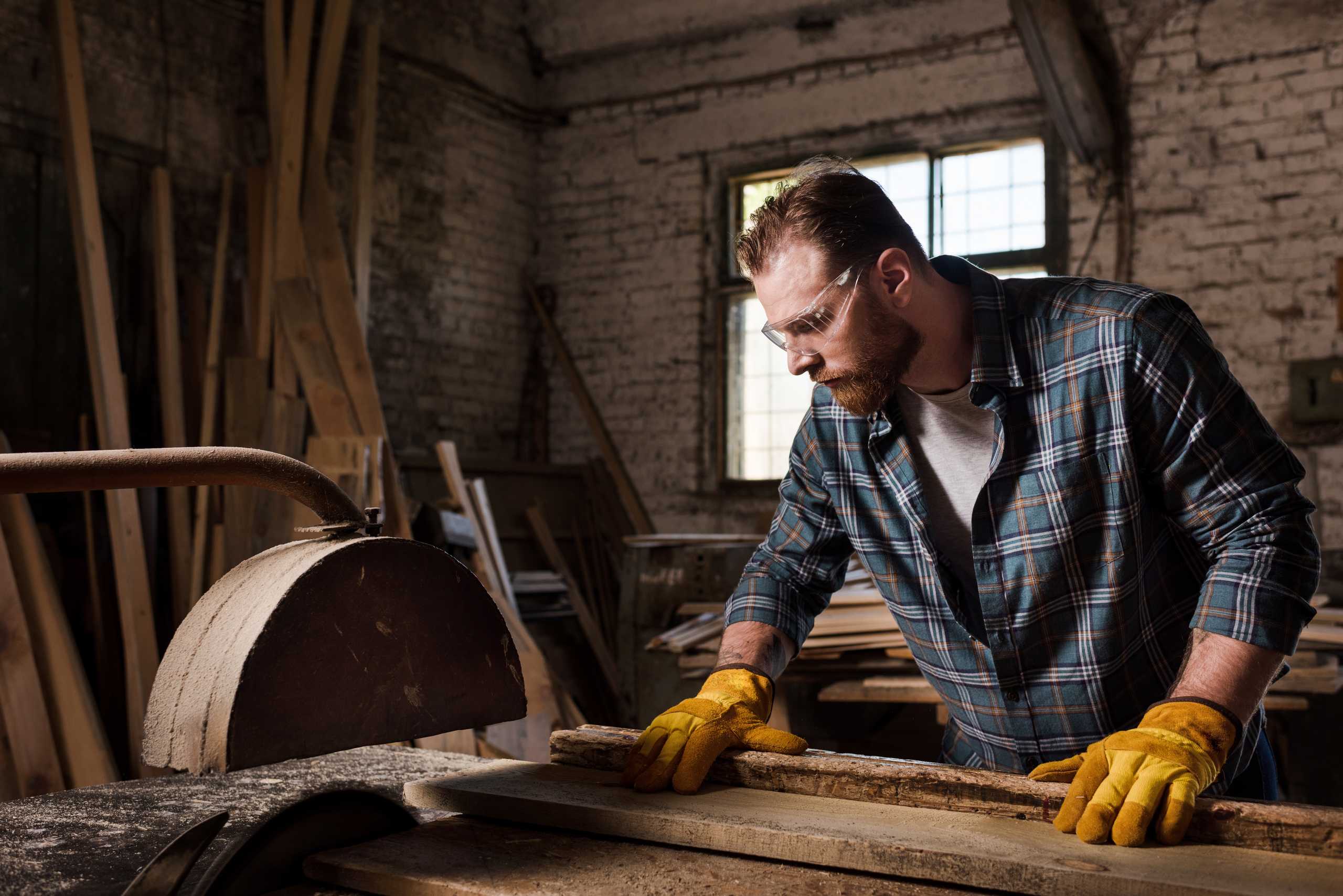Introduction
Safety is the foundation of successful carpentry. Even experienced woodworkers can face accidents if proper precautions are ignored. Prioritizing safety not only protects you but also ensures consistent, high-quality work.
Basic Safety Guidelines
- Protective Gear: Always wear safety glasses, ear protection, and gloves when handling tools or machinery.
- Workspace Organization: Keep your workspace clean and free of clutter to prevent trips and accidental injuries.
- Proper Ventilation: Ensure good airflow when working with finishes, adhesives, or dust-producing tools.
Tool Safety Tips
- Inspect tools before use to ensure they are in good condition.
- Use guards, guides, and push sticks to maintain a safe distance from blades.
- Never force a tool—let the equipment do the work for precise and safe results.
Safe Work Habits
- Focus on one task at a time to reduce mistakes.
- Take regular breaks to maintain alertness and avoid fatigue-related accidents.
- Teach and practice correct lifting techniques to prevent strain and injuries.
Conclusion
Integrating safety into every step of your woodworking process protects both you and your work. By following guidelines, maintaining tools, and cultivating safe habits, carpenters can confidently create high-quality projects without risk.
Essential Safety Practices for Every Woodworker

